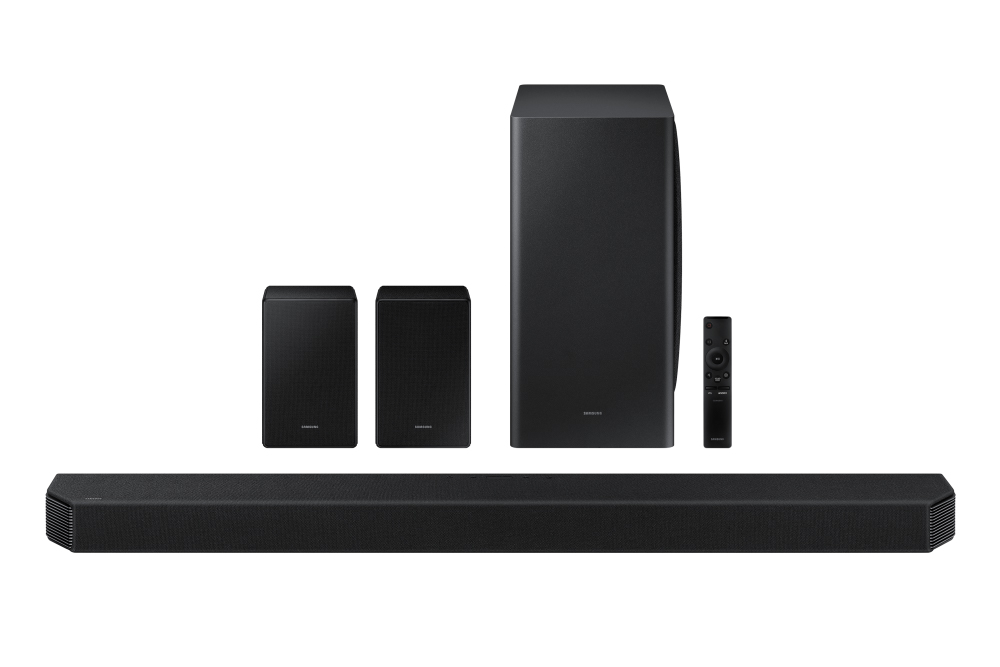Samsung Micro-LED TV - Coming to America
There are two features of these TVs that we believe set them apart, other than the price. The first is the lack of a backlight, similar to OLED technology. Given that the number of LEDs in typical TV backlights, even mini0LED TV backlights, is far less than the number of pixels, there are instances where sharp lines between dark and light areas in an image are lit by a single LED diode. If the set’s image processor chooses the ‘dark’ portion of the segment, it will dim that LED, which will also dim the ‘light’ portion of the image. If it chooses the ‘light’ portion, it will leave the LED on and ‘bleed’ light into the dark area, making it gray instead of black. As each sub-pixel is individually controllable in a micro-LED TV there is no bleed, no halos, and no grays where blacks should be, a big improvement over LCD technology in the same way that OLED self-emissive technology has improved display contrast. Again cost is a mitigating item for micro-LED currently, but display producers are working toward reducing production costs to make it competitive with OLED and LCD.
The other feature that we have mentioned previously is the ability of the sets to ‘manage’ the screen layout. This allows the user to divide the screen into up to 4 segments, which in its evenly divided state, would allow for 4 simultaneous 4K programs to be viewed at one time, with sound for each individually controllable. Whether this means you can watch four games at once, take a video call on screen without switching off other images, or reading e-mails while watching cat videos, it is an interesting feature that goes toward making the TV more of a central device rather than a dedicated receiver. In theory this feature should be applicable to any self-emissive display with a sophisticated image processor and substantial screen memory.
Samsung has eliminated the bezels on these sets so SBR (screen-to-body ratio) is 99.99% and the sound system incorporates a system that can track an object as it moves across the screen and locate the objects sound in its 5.1 channel speaker system, but if you are going to spend enough to buy two Alfa Romero 4C Spiders, you are going to want to also buy a sound bar, like the one Samsung also announced yesterday. This system, Samsung’s first 11.1.4 package consists of a main sound bar with 21 speakers, a wireless sub-woofer and two wireless ‘surround’ speakers, and samples the acoustics of the room via microphones in the TV, re-calibrate the sound system to fit your room’s characteristics. While no price was given for the sound bar, a similar Samsung 2020 9.1.4 sound bar sells for ~$1,900..
While the rest of Samsung’s 2021 TV line was based on increased size choices and a few extra features, we give Samsung credit for promoting micro-LED technology at this early stage. We expect only a small number of units to be sold and limited demo locations, but as the technology improves over the next few years we expect Samsung will be instrumental in developing a micro-LED supply chain for itself and potentially for outside customers, similar to the way LG Display (LPL) and LG Electronics (066570.KS) created an OLED TV infrastructure to support its own brand and over a dozen external OLED brands. How long it takes for micro-LED process technology to improve enough to make it cost competitive remains an open question, but if Samsung is willing to stick their neck out at this early stage, we expect considerable sums are being spent to develop the technology.



 RSS Feed
RSS Feed